I’ve been neck-deep in esports for more than ten years now. Long enough to collect more broken scrim promises than coffee stamps. When folks ask me about new esports teams to watch (yes, that exact phrase) and which rising squads or emerging rosters I’m actually excited about, I don’t toss out buzzwords.
I go with my gut, my notebook, and my questionable sleep schedule. In my experience, the best up-and-coming teams don’t look flashy at first. They look… organized. Hungry. Weirdly calm in eco rounds. And that’s not nothing.
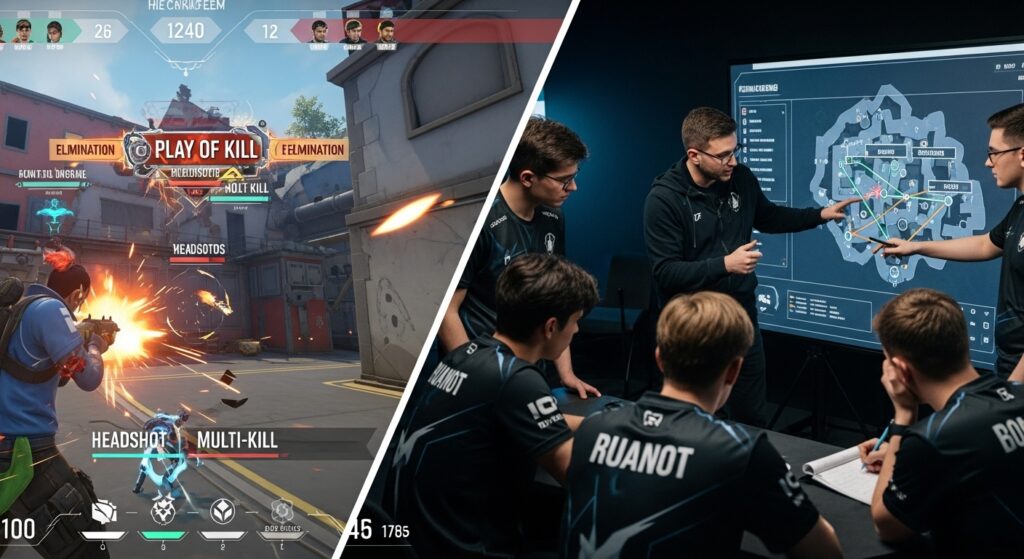
How I actually spot a new team before the hype train hits
I’ve always found that you learn more from a rookie team’s bad map than from their best highlight. The winning clip is for social media. The ugly half—those mid-round calls, those awkward rotates—that’s where the truth sits. If you want to spot a real sleeper team before Reddit does, here’s what I check first.
- They have an adult in the room:
Could be a veteran IGL, a coach who actually VOD-reviews, or a manager who gets flights booked on time. If nobody in the room can say “no,” the team will burn out by week three. - Fundamentals > hero plays:
Clean trading patterns, good utility usage, stable post-plants, and anti-eco discipline. If a new team keeps losing to pistols, I quietly close the tab. - Role clarity:
I don’t care if they’re kids. If the sentinel is lurking, the entry is anchoring, and the support is baiting—nope. Hard pass. - Map veto or draft identity:
Even in tier-two tournaments, good teams know their comfort zones and don’t LARP as a different roster every series. - Comms energy:
You can’t hear the scrims, but you see it. Timings, trust, timing again. Watch how they retake. That rhythm isn’t fake. - Consistency across online and LAN:
The old joke is “onliners are cracked until they meet the stage lights.” True. But watch who steadies after the first LAN.
Quick industry reality check (before I name anyone)
What I think is straightforward: rosters change fast. Organizations pivot. Tier-two scenes are a blender. So if you’re reading this six months from now, a couple of these names might be on different teams, different games, or off playing pickleball professionally. That’s fine. I keep a living list and update it as results come in. If you want the day-to-day churn, I dump a lot of my quick notes under esports news when I have a minute between matches.
The archetypes of new teams that actually stick

The “academy with teeth” roster
These are the rookies with real staff behind them. They don’t win week one. But they beat you in week nine. I’ve seen academy lineups in VALORANT Challengers and CS2 feeder leagues suddenly look like mini-pro teams because the structure is tight.
The “regional dark horse” squad
They farm their local scene, then blindside a global qualifier. Everyone calls it a fluke. Then they do it again. That second punch is when I buy stock.
The “content-first, coaching-second” experiment
This one is tricky. Some creator-led orgs hire real analysts and it works. Others run on vibes and brand deals. I’ve watched both. The ones worth tracking don’t post 15 skits a week. They scrim. They VOD. They get boring and win.
The “player-owned cooperative”
I love these. Five friends, one spreadsheet, tiny budget, ugly jerseys, and a scary work ethic. You’ll see this in Rocket League and Apex Legends a lot. When they pick up a sports psychologist before a sponsor? That’s a tell.
The teams on my radar right now (and why)
I’m not pretending this is the global encyclopedia of rising esports teams. If you want that, go get lost in the taxonomy over here: esports teams list. I’m giving you my actual watchlist—stuff I scribbled in a hotel lobby at 1:30 a.m. before a Swiss bracket day. Some are newer orgs, some are newer rosters under known banners. All are trending the right way.
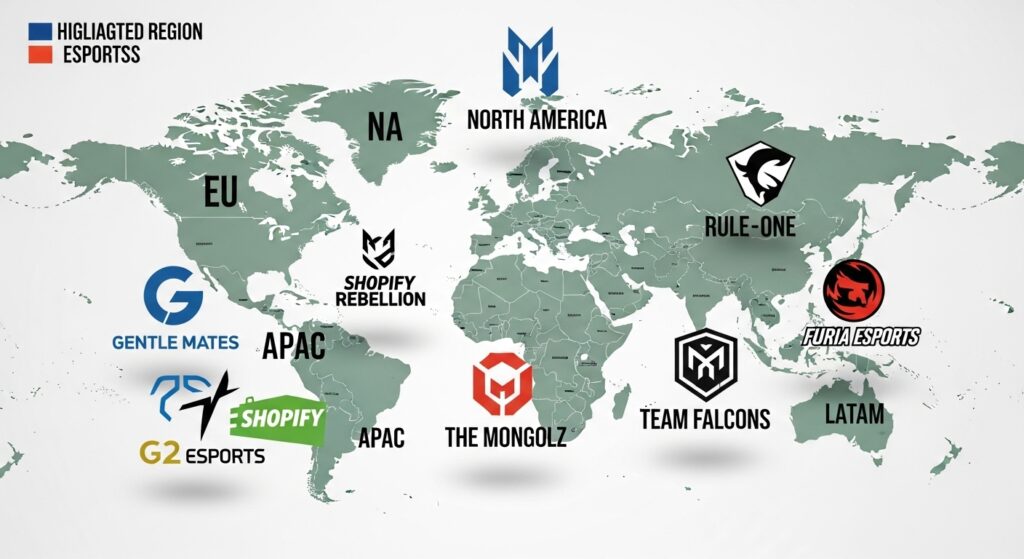
VALORANT
Valorant has become a machine for fresh lineups. New faces roll through the Challengers and Ascension circuits every season. The tier-two scene is a treasure hunt.
Gentle Mates (EMEA)
- Game: VALORANT
- Region: Europe
- Vibe: French confidence, solid mid-rounds, quick tempo swaps
- Why I’m watching: They read the game fast and punish lazy defaults. Smart conditioning. Not scared of big names.
- Roster notes: Good utility layering. Their anchor doesn’t panic on sites. That’s rare with newer squads.
M80 (North America)
- Game: VALORANT
- Region: NA
- Vibe: Challenger bullies with structure
- Why I’m watching: They don’t crumble in map threes. Also, their set plays actually look practiced. You’d think that’s normal. It’s not.
- Tactical tell: Early round info plays that don’t overcommit. Gives them mid-round options without feeding.
BLEED Esports (Pacific)
- Game: VALORANT
- Region: APAC
- Vibe: Patient, surgical, a little terrifying on defense
- Why I’m watching: Power spikes after timeouts. That means the coach can problem-solve live. Huge green flag.
- Small thing: Post-plant utility denial is tidy. You can feel the prep.
Counter-Strike 2
CS2 has been chaos and I’m here for it. Map pool tweaks, MR12, weird economy feelings. Weirder still, it’s been a gift for up-and-coming esports teams who can adapt quickly.
The MongolZ (Asia)
- Game: CS2
- Region: Asia
- Vibe: Fast and fearless, but smarter every month
- Why I’m watching: Their spacing improved. Entries aren’t alone on an island anymore. T-side pacing is way better.
- X-factor: Nerve. LAN doesn’t melt them. That’s gold.
Aurora Gaming (Europe)
- Game: CS2
- Region: Europe
- Vibe: Tight defaults, calm mid-rounds, scary pistols
- Why I’m watching: They don’t donate rounds to force-buys. Anti-eco discipline is the grown-up superpower.
- Note to self: Watch their CT aggression on Mirage. Tempo mix-ups are sneaky good.
Rocket League
RL is where mechanics meet nerves. New rosters pop up, wipe the floor with ranked legends, then learn how to rotate like adults. You can find gems here.
Oxygen Esports
- Game: Rocket League
- Region: EU
- Vibe: Crisp touches, clean recoveries, no panic clears
- Why I’m watching: They tighten up in game fives instead of freestyling themselves off the map.
- Underrated: Second-man pressure. They don’t overcommit but they never give free space.
Rule One
- Game: Rocket League
- Region: MENA
- Vibe: High ceiling, improving structure
- Why I’m watching: You can tell they’ve been grinding review. Less double-commit chaos. More readable lanes.
- One ask: Keep the boost economy tidy in overtime. It matters.
Dota 2
Dota’s meta mood swings could power a small city. Still, a few teams looked “suddenly obvious” once the patches settled a bit.
Team Falcons
- Game: Dota 2
- Region: MENA
- Vibe: Composed, confident, snowball-aware
- Why I’m watching: They stack small wins. Vision, map pressure, objective timing. It’s a grown team with fresh hunger.
- Draft tell: They’re comfortable flexing roles to squeeze lane advantage. That wins boring games—and boring games win trophies.
League of Legends
LoL can look gatekept, but fresh rosters sneak in from ERLs, LLA, PCS, you name it. I’ve learned to trust two signals: clean cross-map trades and controlled herald setups. If a new team handles both? Hello.
ERL risers (various orgs)
- Game: League of Legends
- Region: Europe regional leagues
- Vibe: Macro-first, role-solid rookies
- Why I’m watching: A lot of these squads graduate mid/jungle duos that already look LEC-ready.
- How to scout: Watch their weak-side top. If he bleeds slowly and still farms, they’re legit.
LATAM dark horses
- Game: League of Legends
- Region: LLA
- Vibe: Playmakers with growing discipline
- Why I’m watching: Macro isn’t spotless yet, but their setup around second herald is getting oddly good. That’s coaching.
- Transfer watch: Support players here get scouted fast. Keep notes.
Apex Legends
Apex is streaky by design. Zones, rotates, end-game nerves. New squads often look lost in week one and terrifying in week eight. I keep tabs on the teams that master info gathering without losing fights.
ALGS up-and-comers (NA and EMEA)
- Game: Apex Legends
- Region: NA/EMEA
- Vibe: 50/50 takers turned smart survivors
- Why I’m watching: The teams that learned to valk rotate early and hold power positions are starting to convert. That’s the leap.
- Detail: Stabilizing comp choices (no panic swaps mid-split). Consistency wins a long circuit.
Mobile titles worth a peek
Don’t sleep on Mobile Legends: Bang Bang or Wild Rift. I say this every year, and every year someone acts surprised at the crowds. The discipline in those leagues is real.
SEA challengers
- Game: MLBB / Wild Rift
- Region: Southeast Asia
- Vibe: Teamfight coordination that would shame some PC teams
- Why I’m watching: Emerging orgs in SEA tend to systemize early. Also, their objective calls are ice-cold under pressure.
- Scouting tip: Watch their focus fire in 5v5s. Target swap speed tells you everything.
My “fake table” snapshots (because you wanted tables)
I don’t love fancy tables on my blog, so here’s a quick, readable snapshot format I use in my notes. Think of it as a table, but friendly.
Snapshot: VALORANT pick
- Team: Gentle Mates
- Strength: Mid-round calling, patient post-plants
- Weakness: Can over-respect aggressive defaults early
- Trend: Win percentage climbing in map threes
- Watch-for: Their timeout adaptations are money
Snapshot: CS2 pick
- Team: Aurora Gaming
- Strength: Clean anti-eco structure
- Weakness: Occasional mid-round stalls on T side
- Trend: Better CT trading on anchors
- Watch-for: Inferno banana control—getting sharper
Snapshot: Rocket League pick
- Team: Oxygen Esports
- Strength: Transition speed, second-man discipline
- Weakness: Boost economy under overtime pressure
- Trend: Fewer double-commits in high stakes
- Watch-for: Kickoff strats getting trickier
Behind the curtain: what rookies get wrong (and how they fix it)
I’ve sat in enough practice rooms to build a bingo card. Here are the usual mistakes and the quick patches that actually work.
- Too many voices. Fix:
One clear IGL. Two callers max. Everyone else: concise info only. - Chasing hero plays after a clutch. Fix:
Reset the economy. Play a boring round. Earn the right to flex. - Playing not to lose on map point. Fix:
Keep normal defaults. Don’t invent a brand-new pocket strat at 12-12. - Skipping VODs because “we know what went wrong.” Fix:
You don’t. Watch the tape. - Bad sleep, worse food. Fix:
Set a team curfew during events. The buffets will survive without you.
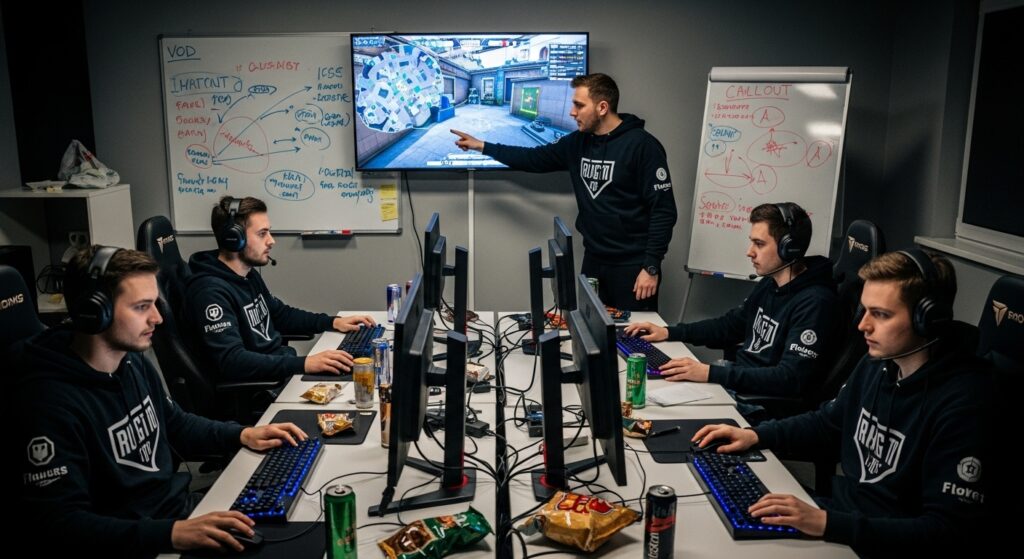
My small, stupid stories you probably didn’t ask for
Back in 2017, I watched a rookie CS team scream at each other over who botched an A-site retake. They were both wrong. The problem was a flash no one threw. I said nothing. I ate my cold fries and wrote “no-flash culture” in my notebook. A month later? New coach. Different team. Same five players. Results flipped.
Another time, a VALORANT squad I liked kept losing to eco rounds. I asked their coach about anti-eco prep. He laughed. Then he opened a spreadsheet and showed me three anti-eco plans per map. I stopped laughing. They stopped losing pistols to Classics. Funny how that works.
Where I keep tabs (when I’m pretending to have a life)
On slow mornings, I skim match threads, poke through scrim rumors (careful, that stuff is 60% fiction), and catch up on global summaries. The BBC’s esports page is good for the broader strokes and storylines: BBC Sport esports. For rosters and qualifiers, I refresh way too many trackers and, again, post quick hits under esports news when something spicy drops.
If you only remember one thing (fine, two)
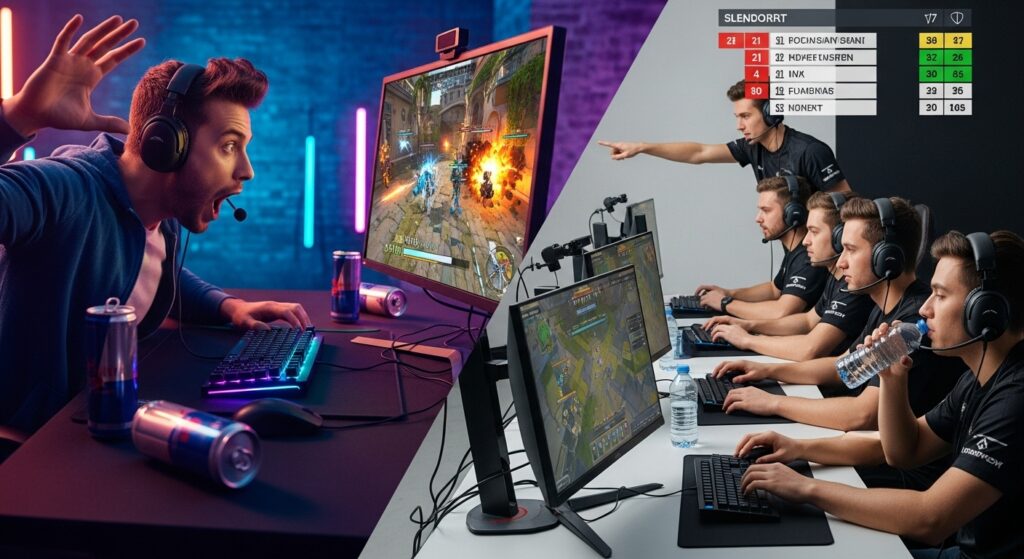
- Consistency beats flash. Always has, always will. The “wow” play trends. The stable team wins the bracket.
- Look for growth inside a series. If a team patches a mistake by map two, they have a brain. That scales.
Picks I’m circling over the next split
This isn’t a betting slip. It’s my “I’ll actually watch their VODs” list. Also, yes, I am allowed to change my mind after a LAN throws a chair at my face.
- Gentle Mates (VALORANT) — disciplined, adaptable, trending up.
- M80 (VALORANT) — structure plus star power, fun on map threes.
- The MongolZ (CS2) — scaling well, nerves holding up on stage.
- Aurora Gaming (CS2) — anti-eco truthers, solid anchor play.
- Oxygen Esports (Rocket League) — clean rotations, growing clutch factor.
- Rule One (Rocket League) — raw talent getting systemized.
- Team Falcons (Dota 2) — icy macro, mature drafts, still hungry.
- ERL risers (LoL) — mid/jungle duos ready for a bigger room.
So, how do I use this list?
Easy. Pick two or three squads from different games. Watch a full series, not just clips. Look for the boring stuff I mentioned: trades, timeouts, objective setups, economy rounds. If they do the simple things now, they might be scary later. That’s the entire game with new esports teams to watch—spot the ones who already act like pros.
Random scouting notes I scribbled last week
- Timeout quality matters more than people think. A bad timeout is just group breathing. A good timeout flips the map.
- If a team converts man-advantage rounds at a high rate, keep them on your list. That’s composure, not luck.
- LAN walkouts are funny, but eye contact during fist bumps tells you who’s centered. I’m serious.
- Teams that save exit paths late instead of desperation retakes? Smarter players. Scoreboard doesn’t show it.
How I keep my bias in check
I like fast teams. Aggressive teams. People who take space. That’s my bias. So I force myself to watch methodical squads who slow the game and are happy to win 13-9 with zero heroics. Every time I do, I find one more roster that’s actually good. Which is annoying. But growth is pain.
On scrim bucks and expectations
Scrim bucks are imaginary points you earn by slapping teams in practice. They convert to zero real-world wins. I’ve seen rosters live off scrim bucks for months and fold when the stage shows up. I’ve also seen quiet teams who get humbled all week then pop off on Saturday because they learned. If you’re tracking new teams, don’t fall for the practice legends. Watch match days. Always.
Why I limit the list
Here’s the thing—I could spam 50 names, but then I’m just collecting logos like a teenager hoarding keycaps. I’d rather give you ten and watch them properly. Less noise, more signal.
FAQ (from my DMs and group chats)
- How do I actually find rising teams without doomscrolling all day? — Pick one game you love. Follow two regional leagues. Watch weekly recaps and one full series. That’s enough.
- Are tier-two results even reliable? — They’re messy, but patterns show. Back-to-back deep runs matter more than a random upset.
- Should I care about roster rumors? — A little. But don’t marry rumors. Wait for official announcements, then reassess roles.
- What stats should I track as a casual fan? — Start simple: win rate in map threes, conversion on man-advantages, and timeout impact (did they swing momentum?).
- Is it okay to just root for vibes? — Yes. This isn’t homework. If a team’s energy makes you grin, that’s a good team to watch.
I’ll keep poking at this list as events roll on. If something wild happens between now and next Friday, you’ll probably see me yelling about it somewhere between a bracket and a bad coffee. That’s my life. And honestly, I like it.
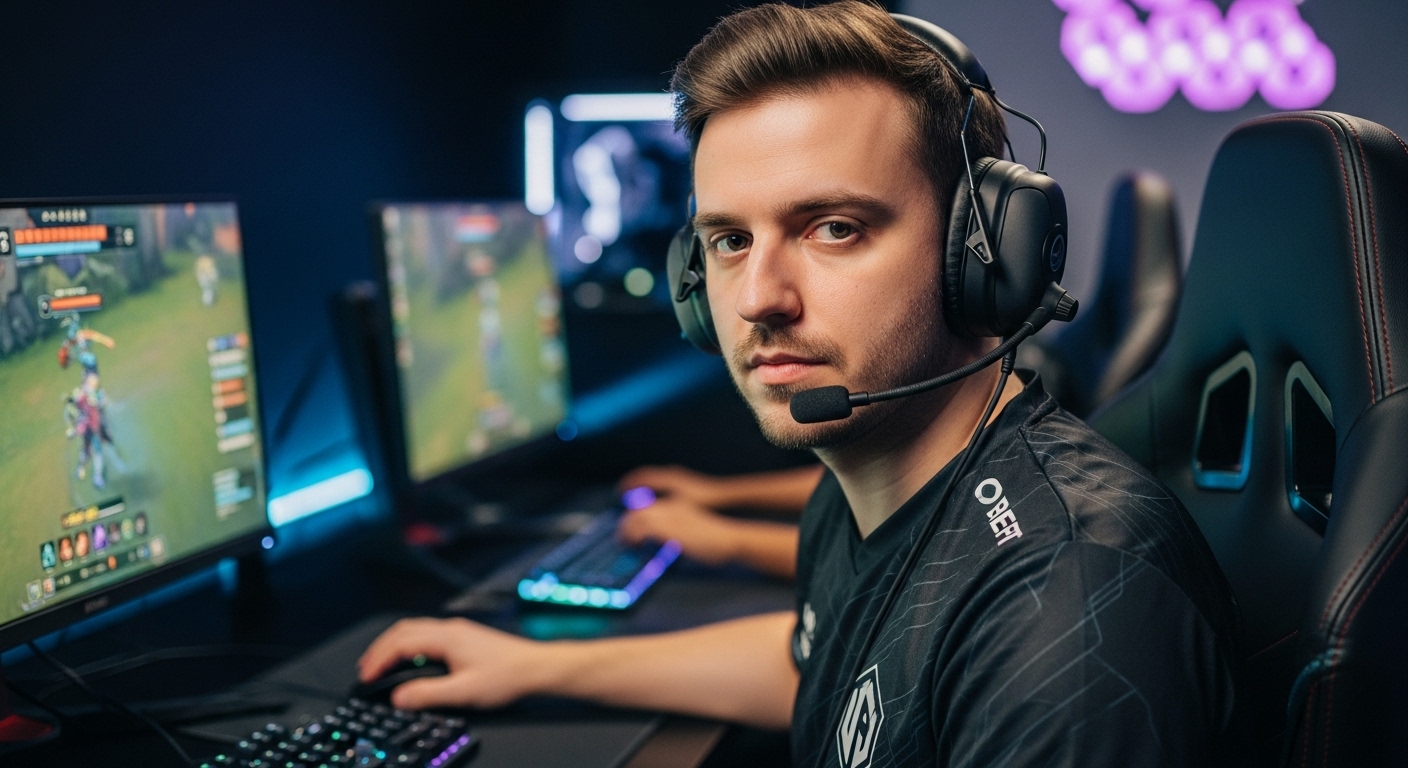
John | Your source for Esports, Battle Royale, Role-Playing, Retro Games, and Gaming Gear. Let’s Enjoy!

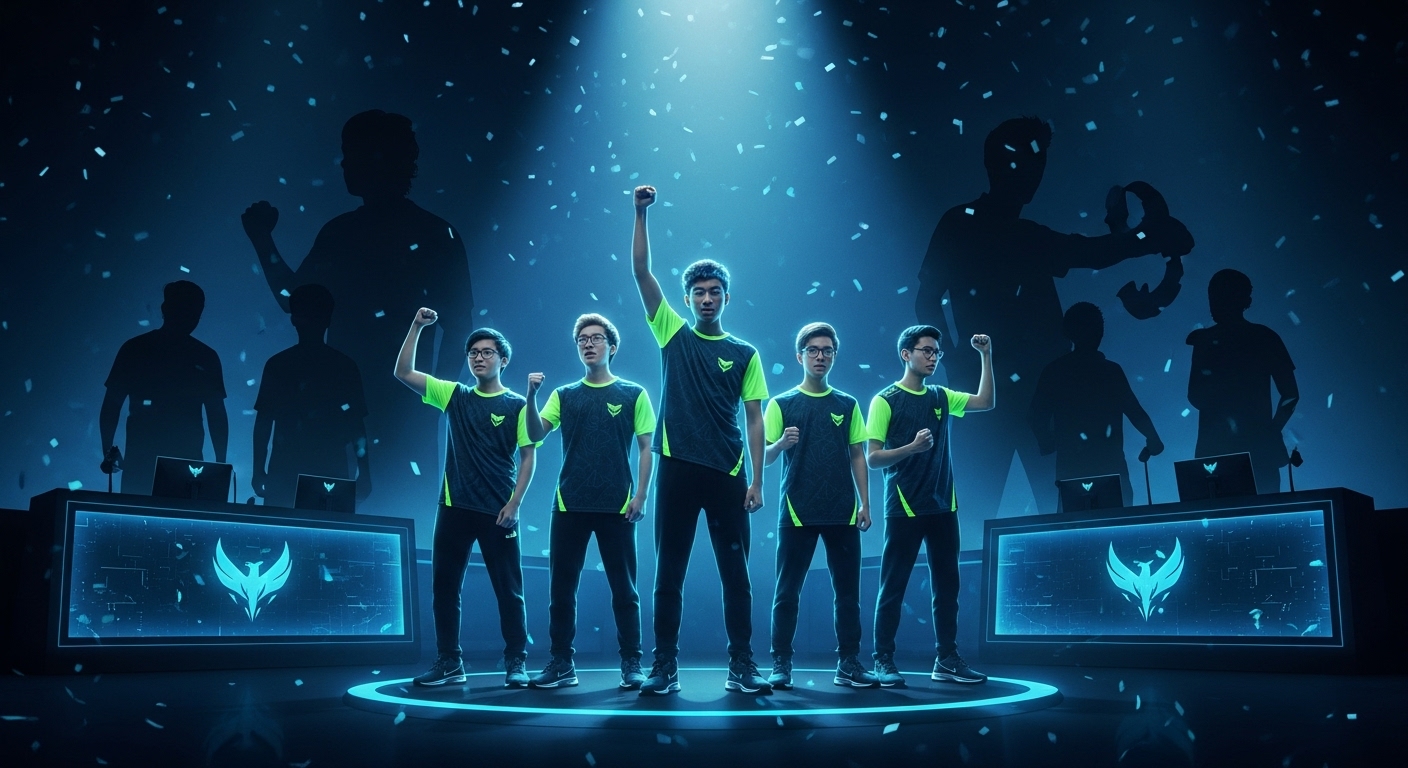
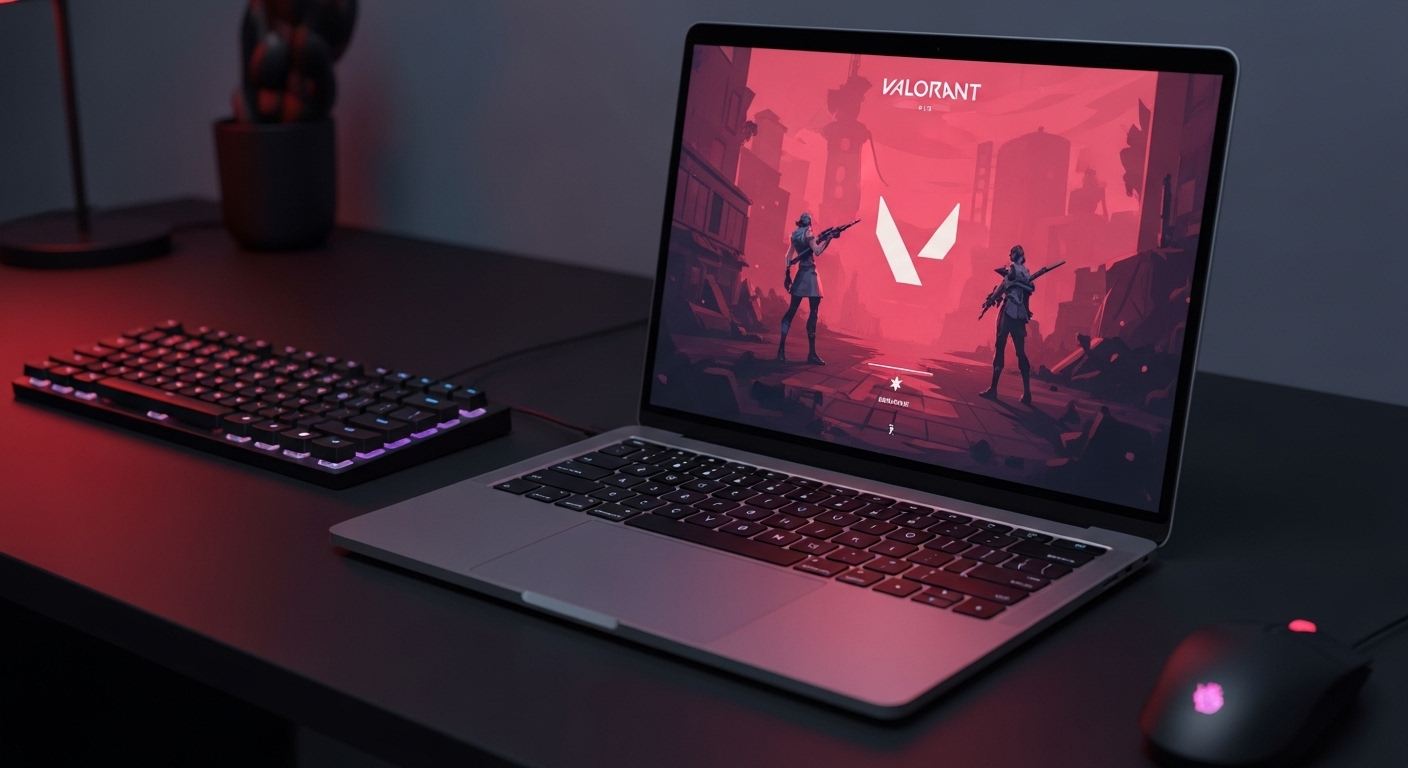

VALORANT’s Gentle Mates & Apex Legends’ ALGS up-and-comers are on my radar. Great insights on spotting sleeper teams!
The insight on spotting sleepers early is on point. Fundamentals > hero plays; that’s key for success.
Excited to see underdog squads rise above in the esports world! So much potential in these sleepers.
I’m excited to see how the underdog teams rise up, led by strong fundamentals and clear communication strategies!
The league of legends team caught my eye. Keep up the great work!
Keep an eye on those weirdly calm teams with fundamentals. Role clarity is key for sleeper success.
Love the focus on fundamentals over hero plays – role clarity is key for success. Solid insight overall!
How do you balance recognizing new talent with the potential for rapid roster changes in esports?